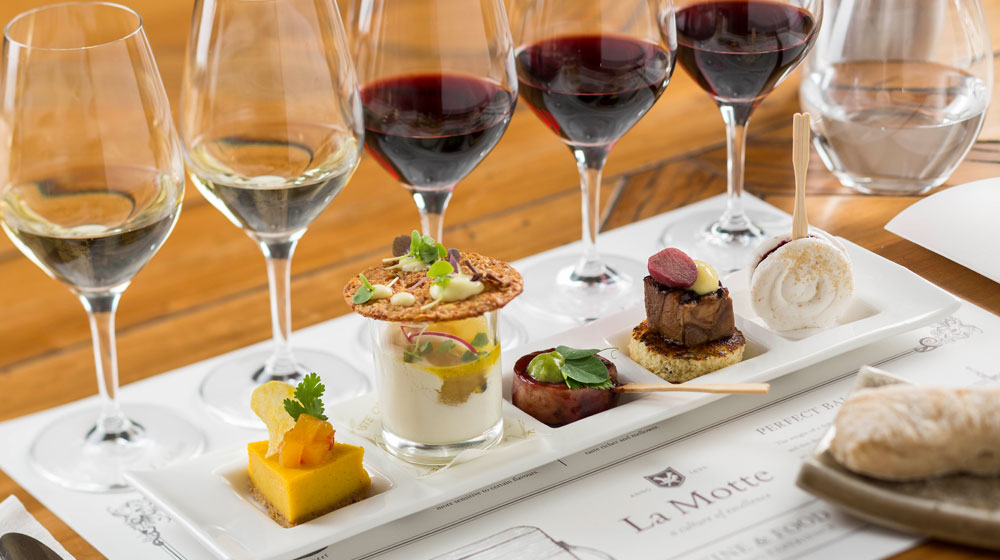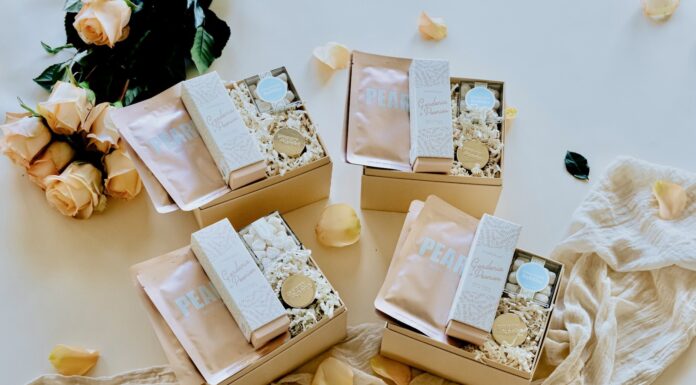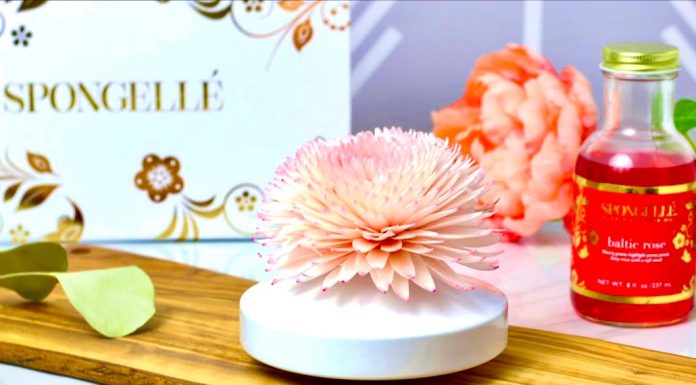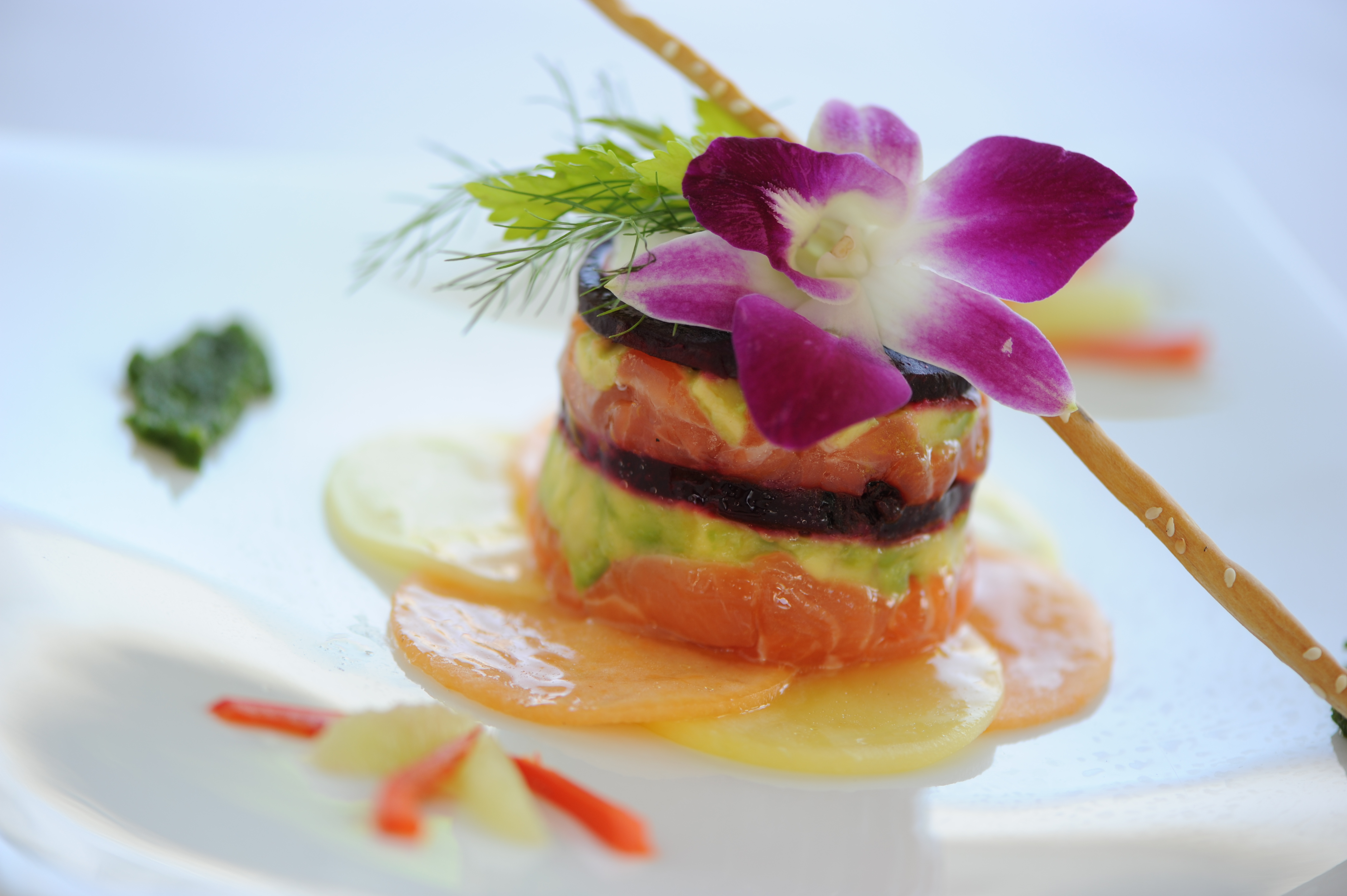
The
art of wine pairing is a delicate balance between food and wine, however, being
knowledge in the world of gastronomy will unlock the true flavors of both cuisine
and wine.
The “science” of wine pairing can be daunting, but it’s not very complicated.
There are four basic components of taste: sweet, sour, salt and bitter. The
trick is to find one component in the dish and then either find a wine that
contrasts or emulates it.
Everything we learned about pairing food and wine started with mom’s traditional glass of milk and cookies. For example, the sweetness of the milk helps to tame the bitterness of the chocolate. As adults, we continue pairing subconsciously such as drinking beer with pretzels; contrasting the salt of the pretzels with the acidity of the beer.
The goal of good food and wine pairing is harmonized both the flavors and components as well as to enhance the overall meal. The same principles that apply to cooking a great dish or to making excellent wine apply to wine pairing. The aim is to find the right balance and complexity without muddling the flavors. In order to achieve such concord there are a few samples guidelines to consider:
- Show balance: This applies to both to cooking and the wine.
- Uses bridges. Combine a dish to account for a specific flavor in a wine. For example, you can change the flavors you use in a sauce for duck depending on whether you are serving Pinot Noir (cherries) or Nebbiolo (orange).
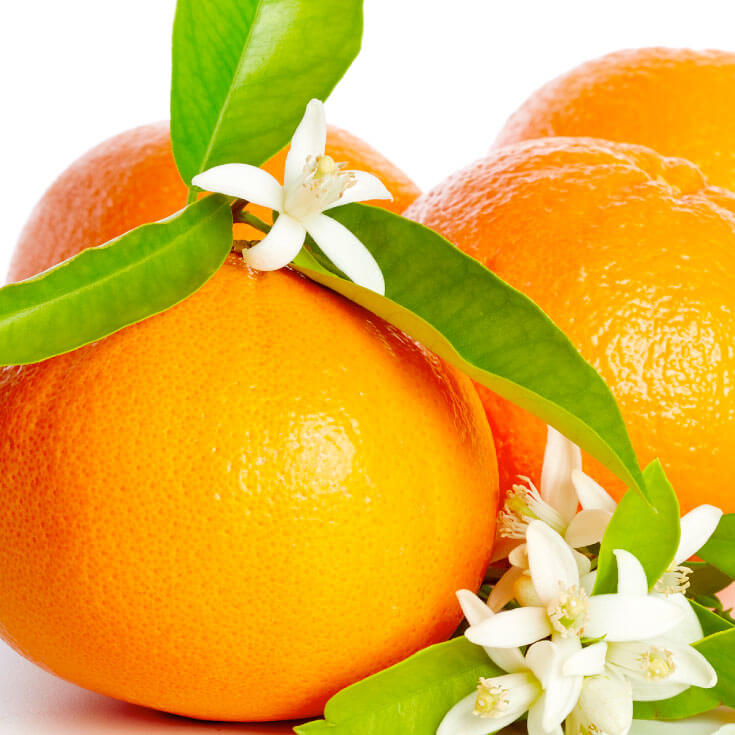
Here are few heavenly food & wine matches
- Pondicherry peppered quail with a four-grain pancake, Georgia peaches and corn, with 2002 Dr. Thanisch Graacher-Himmelreich Riesling Spätlese from Germany.
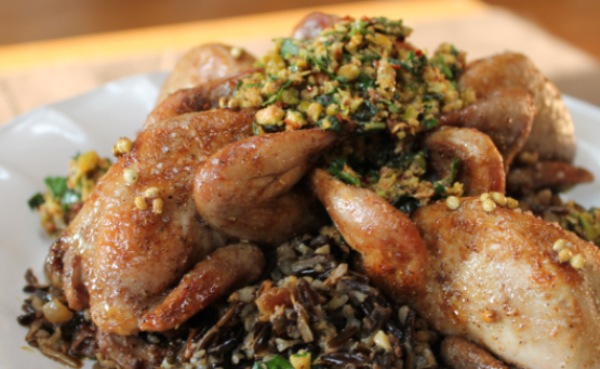
The quail is served with a pancake & peaches to give a little bit of sweetness while the Pondicherry pepper, adds spiciness. Sometimes Rieslings have a peachy component, another good match for this dish a Gewürztraminer, which will enhance the sweetness of the peaches.
It’s always an interesting to play with the chemistry of the food and wine. Pinot Noir is also a perfect match for many types of cuisine because of its subtle and silky flavors and soft tannins.
- Cheese with Cockburn’s 10-years-old Tawny Porto. Many varieties of wines can be paired with cheeses; however, sometimes a nice Pinot can go with cheese. Some cheeses are nutty and are a superb fit for sherry. For a rich cheese such as Brie, a 10-year-old tawny porto will bring perfect balance as well as it will emit the Brie’s luxe flavors.

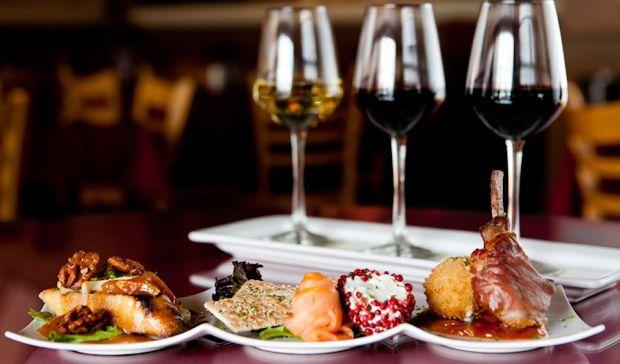
Japanese Wagyu and Australian Kobe beef tenderloin with oxtail jus, with 2003 Château Lynch- Bages from France. Kobe beef has a high fat content, so Bordeaux is the perfect wine to accompany the plethora of richness offered by the beef. I wanted a wine that’s easily recognized by wine connoisseurs. This is a fifth growth that goes all the way back to the eleven-hundreds. The wine is robust and had to be opened a couple of hours to be balanced.
Pan-roasted foie gras and Fuji apple tart with mostarda di cremona, with 2000 Royal Tokaji Aszú, 5 puttonyos, from Hungary.
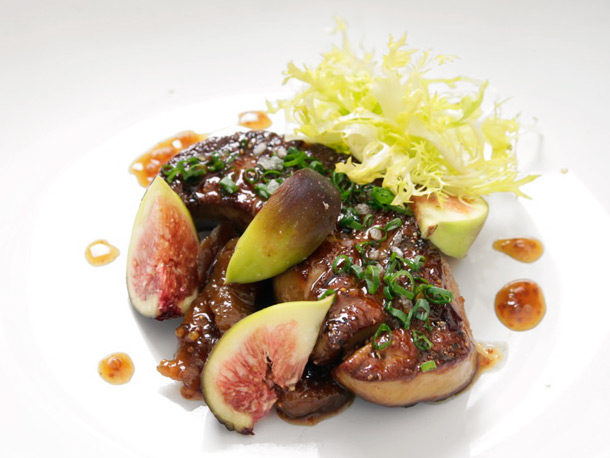
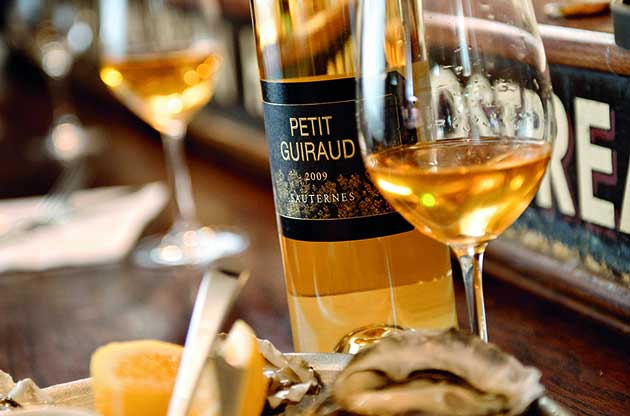
Sauternes is always the first choice with foie gras; however, the Tokaji Aszú matches the intensity of the foie gras perfectly. The Tokaji Aszú has a nice layer of acidity, which the sweetness of the apple and the bountiful flavors and texture of the foie gras. The rich and robust aroma of the entrée works well with the Tokaji Aszú acidity – true harmony is achieved. SM


